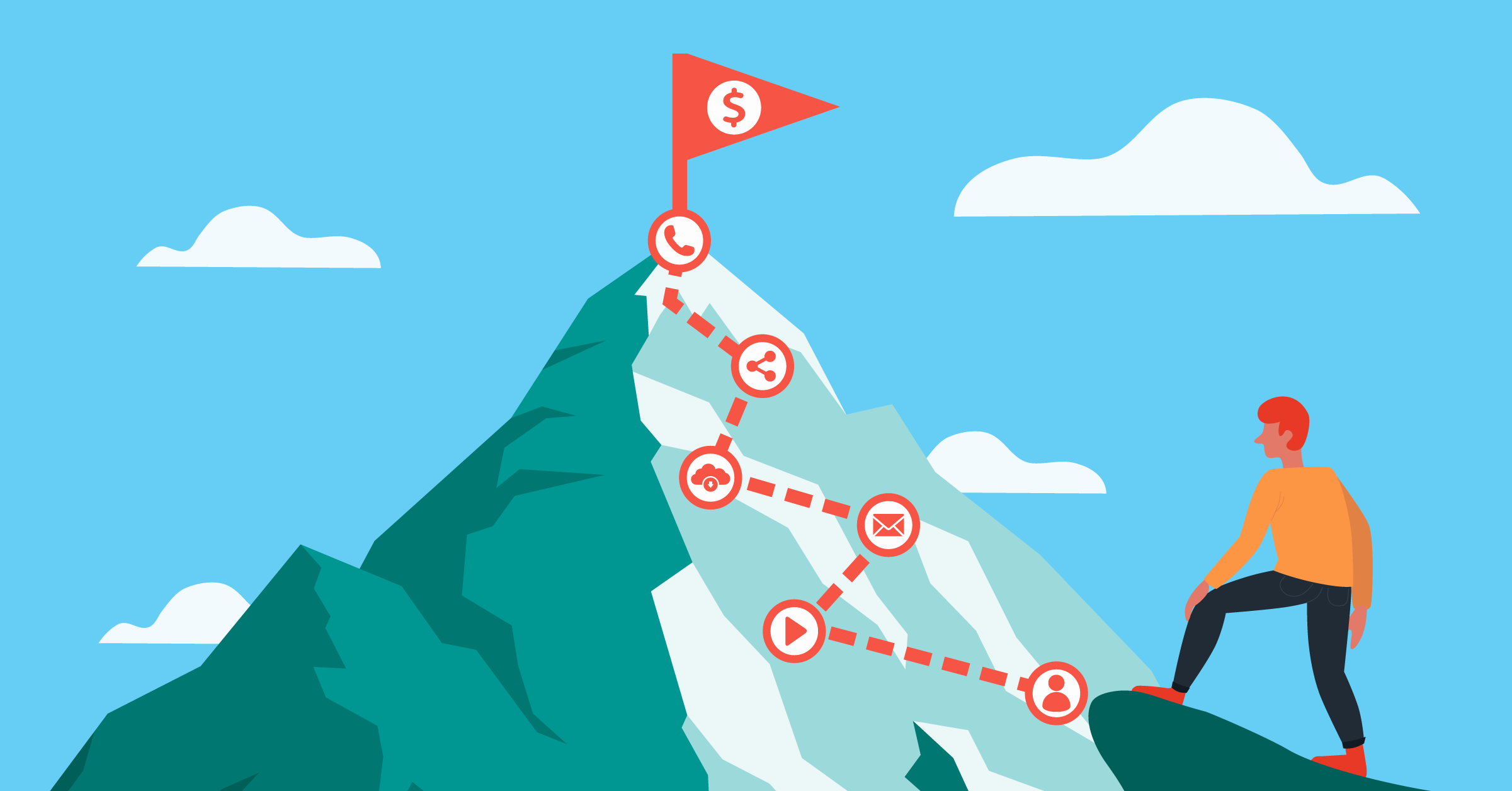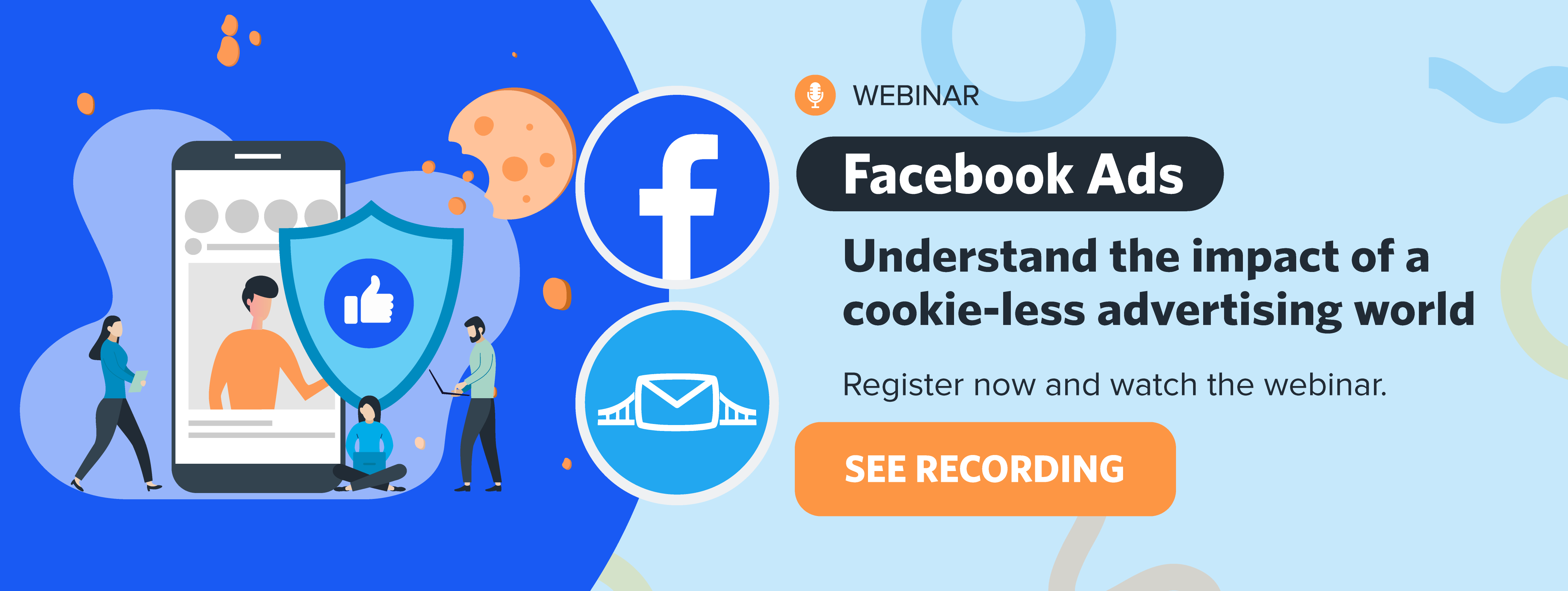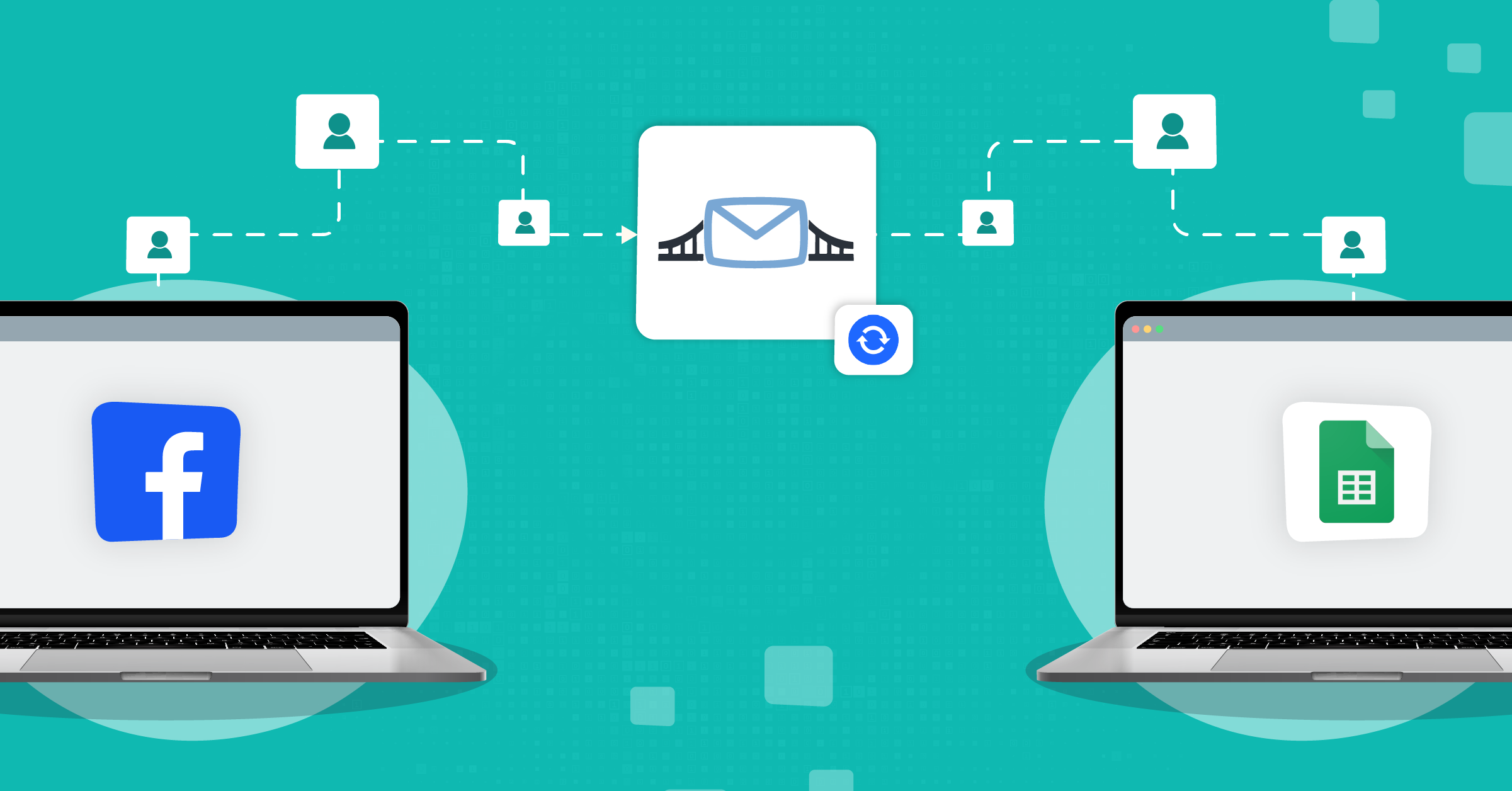
When it comes to marketing, businesses sometimes start a new campaign and expect a near onslaught of results. You want clicks coming in left and right and leads ready to kick down the door. This typically isn’t going to be what actually happens, however.
The reality is that marketers often focus on the overall goal, regardless of their experience, and miss the steps they need to take to get there.
Most new users, after all, won’t just see an ad, click, and convert into paying customers instantly. There are a lot of small steps and small conversion acts that need to happen before the official sale happens.
In this article, you’ll learn all about those small conversion acts that happen during a customer’s journey, called micro conversions. What’s more, we’ll discuss some of the micro-conversion-friendly automation tools that help you make the most out of your marketing campaigns through offline conversion tracking.
Request a demo to discover all you need to know about Facebook Conversions API and Google Offline Conversions Tracking integrations.
What is a Micro Conversion & why do they matter?
A micro conversion is one or more steps within a conversion funnel that a user needs to take to reach the final conversion. Each stage of the digital sales funnel may have different types of micro-conversions users can take depending on the business, like claiming an offer or emailing about pricing.
For example, when users sign up for your newsletter, that’s not quite as great as a sale, but it’s still a significant conversion in the lead generation process. This is considered a micro conversion. Another example is when users watch an entire video ad; they complete the desired action needed to move them to the next stage of the funnel.
They are essential to users making a purchase, because they allow advertisers and marketers to understand the user experience better as a lead moves through the conversion funnel.
Understanding how this type of conversion works, and how they impact the customer journey and sales journey, can benefit your business in several ways. You can:
- Optimize for them, making them more effective and helping you better drive users towards a macro conversion.
- Track them, allowing you to see progress.
- Identify and troubleshoot bottlenecks in your overall conversion funnel.
Without understanding the value of individual small wins along the sales funnel, it’s too easy to completely lose sight of how to achieve your goals. However, keeping these “baby steps” as a core focus helps to create a strategic and step-by-step plan. This way, you can design user-driven campaigns that will nudge users through your funnel.
What are macro conversions?
A macro conversion is a primary conversion for a company or a website. It’s the conversion that ends the leads’ journey through the funnel, and turns them into a customer.
In most cases, it includes a sale.
Macro Conversion Examples
Wondering about macro conversion examples and what they might look like?
A macro conversion often refers to a purchase. This can be a one-off purchase, or a paid subscription to a product or service on an ongoing basis.
Macro conversions in a measurement plan, however, maybe something different. This can also include significant key steps in funnels that indicate user intent.
Money isn’t always the object in a macro conversion. For example, if the company’s goal is to have more email subscribers, then the macro conversion for them could simply be an email sign-up. This may be the case early on in a brand’s launch, especially when they’re new to the market and trying to build up brand awareness and either beta tester or affiliate interest.
In many cases, free trials count as macro conversions for SaaS brands. In many cases, signing up for a trial is the most definitive act that will push users to become paying customers.
To put it simply, macro conversions take place at the lower end of the sales funnel— it’s the conversion that everything else is building towards. On the other hand, micro conversions are every step leading the users there.
Micro conversion examples
Email sign-ups
Email sign-ups for newsletters is one of the classic examples of a small-but-significant step in the sales funnel, and it’s for a good reason. Subscribing to an email list is a high-intent action. Those who subscribe are interested enough in your brand to want to hear from you, which opens the door for lead nurturing.
To increase the odds of a successful email sign-up campaign, try the following:
- Have your email opt-ins visible in multiple places on your site, including in site banners and pop-ups (see the example from Warby Parker above).
- Explain the value of email sign-ups in the opt-in window or above the widget. You should state what users get for signing up, and what the benefits of the newsletter are.
- Create offers that entice email subscriptions, such as a 10% discount code in return for a sign-up.
Page view milestones
Organic traffic is a big deal for SEO, and an even bigger deal for brand exposure. Certain pages can be high-value, including the home page, specific landing pages, or contact pages.
Here are a few tips to increase page view milestones:
- Have intuitive site navigation that drives users to key points on your site with on-page CTAs and headers in the navigation bar.
- Prioritize SEO on high-value pages.
- Send users to the right landing pages from different PPC, email, and social media campaigns.
Downloads or accessing lead magnets
Downloads on a webpage are important for a lot of reasons. Even if you don’t require the users to input an email in order to access the download, it gives you insight into what’s in demand and what’s trending.
You can see a variety of ebooks from AdEspresso here:
In order to get more downloads of lead magnets (or even just the lead magnets being accessed), try these tips:
- Make sure that each landing page for each ebook is SEO optimized.
- Create relevant blog posts that serve as introductory posts that can then drive users to your ebook in the CTA.
- Promote your blog posts on social media and through pay-per-click campaigns.
Video views
Video views (and video completion rates) are insightful metrics to track. Users who watch your entire videos are interested in what you have to say, which also means they may be interested in what you have to sell.
To increase video views and completion, do the following:
- Create videos specific for each platform following best practices. For instance, a 5-minute long horizontal video isn’t suitable for Instagram Stories, since it’ll be broken down into 15-second chunks.
- Make use of vertical full-screen video on social media sites, as mobile usage drives a lot of video views.
Social media shares
When viewers and website visitors share your articles on social media, it means that you’ve made an impact. And the more your articles (or any other piece of content, for that matter) get shared around, the more their network will see it.
To increase social media shares, check out the following tips:
- Place social media share buttons on every blog post and product page (see these in the example above from Slack); eCommerce brands must have PinIt buttons.
- Have CTAs at the end of content encouraging users to share.
Content engagement
Just like shares, comments and likes on the blog can also provide helpful metrics.
To increase on-content engagement, the best thing you can do is have an engagement-focused CTA. Ask what users think, and ask if they have questions. This practice can increase engagement significantly. Have a look at the example from Snappa below:
“Add to cart” and “View cart” actions
Cart abandonment could mean losing a sale, but it can also be insightful. Each step towards the final purchase button can be considered a micro conversion. The farther they go (payment method, shipping address, etc.), the better you can understand the process.
For example, if you notice that many people are abandoning their cart at the shipping screen, then perhaps shipping is more expensive than they expected.
How to track micro conversions
Just like normal conversions, there are numerous ways to track micro conversions.
Each example listed above is fairly easy, but important to track. As each step is tracked, the marketing and advertising team can better understand where the hiccups are happening, and better address how to fix them. With this information, you can create more effective ad campaigns, optimizing their delivery for different types of user engagement.
The most popular way is by tracking them on analytics platforms like Google Analytics. You can log different types of user engagement as both goals and events under Universal Google Analytics.
Just because Google Analytics is the most common method of tracking user data doesn’t necessarily make it the best or most efficient— especially since Google Analytics 4 is going to be the only option for brands in the future, and that’ll take some getting used to.
Two of the most popular tools for tracking user actions are Facebook Pixel and Google Tag Manager.
These tools rely on cookie-based tracking. Every time a visitor comes to your website, these two tools will drop a cookie and track them. You can see what conversions are happening due to your campaigns. What’s more, you may use the same metrics for retargeting these users later.
While they have been negatively impacted by iOS 14.5, the data you can get is still strong— for now.
Cookie-based tracking is quickly becoming obsolete, as data privacy laws are now putting restrictions on such methods. Over time, different solutions may be needed.
Learn all about cookie-less tracking here.
How to track offline micro conversions
It’s important to look for all conversion types in an offline setting. This may sound difficult, but tools like Facebook Conversions API and Google Offline Conversions Tracking integrated by LeadsBridge make it fairly simple.
Schedule a demo to see how Google Offline Conversions Tracking integrations work, and join the waiting list to be one of the first to hear our exclusive integration updates.
This integration allows you to track in-store conversions digitally, which means you can import conversions tracked through your company’s CRM into Google Ads.
LeadsBridge supports these offline tracking methods by using fully automated integrations that will sync your data across multiple platforms.
Let’s say that a lead or prospect sees your ad on Facebook and they go on to make a purchase offline. Normally, this would be difficult to track, but not with LeadsBridge and our Facebook Conversions API integration.
This integration allows you to create custom actions and events, track them, and pass the data directly to Facebook for attribution. Automating this process with our integration allows you to stay GDPR and CCPA compliant, while still avoiding the migraine-inducing manual work associated with CSV file upload.
LeadsBridge automatically bridges your CRM, POS, and/or inventory with Facebook, allowing Facebook to match advertising data with your purchase data. Facebook will then send user activity reports into your dashboards that are influenced by offline sales.
After the integration is established, there’s no need to manually deal with CSV files or reconnect the bridge at any time. All you have to do is make marketing-driven decisions based on the data that’s automatically coming to you.
Final thoughts
Micro conversions are not often considered a conversion at all. Most marketers think of them as just another step in the sales funnel.
Treating them as conversions themselves allows the marketing and sales team to get a clear idea about their campaigns’ performance. Then, they can implement concrete practices to nurture their prospects and leads_ no matter what step of the funnel the lead is on, or how far they’ve gone with micro conversions.
LeadsBridge makes it easier to keep track of all your lead data as it’s coming in. By using our integrations, you can make actionable decisions based on real-time data sync between the platforms you’re already using. In short, LeadsBridge makes it easier to nurture and keep track of your leads throughout their journey.
Ready to start getting real-time information about how users are moving through your sales funnel—both online and offline— across multiple platforms? Check out our Conversions Sync integrations.





















